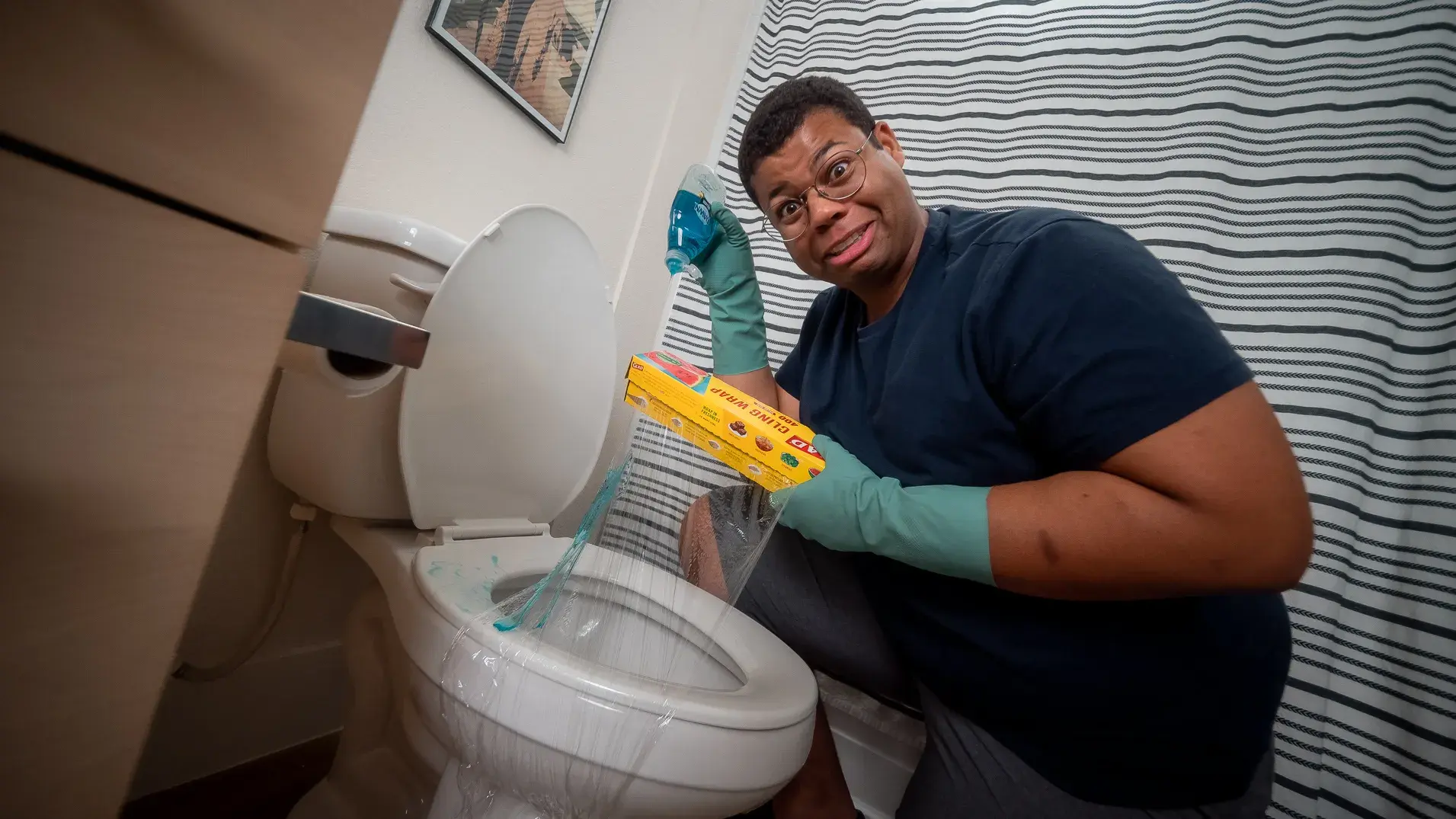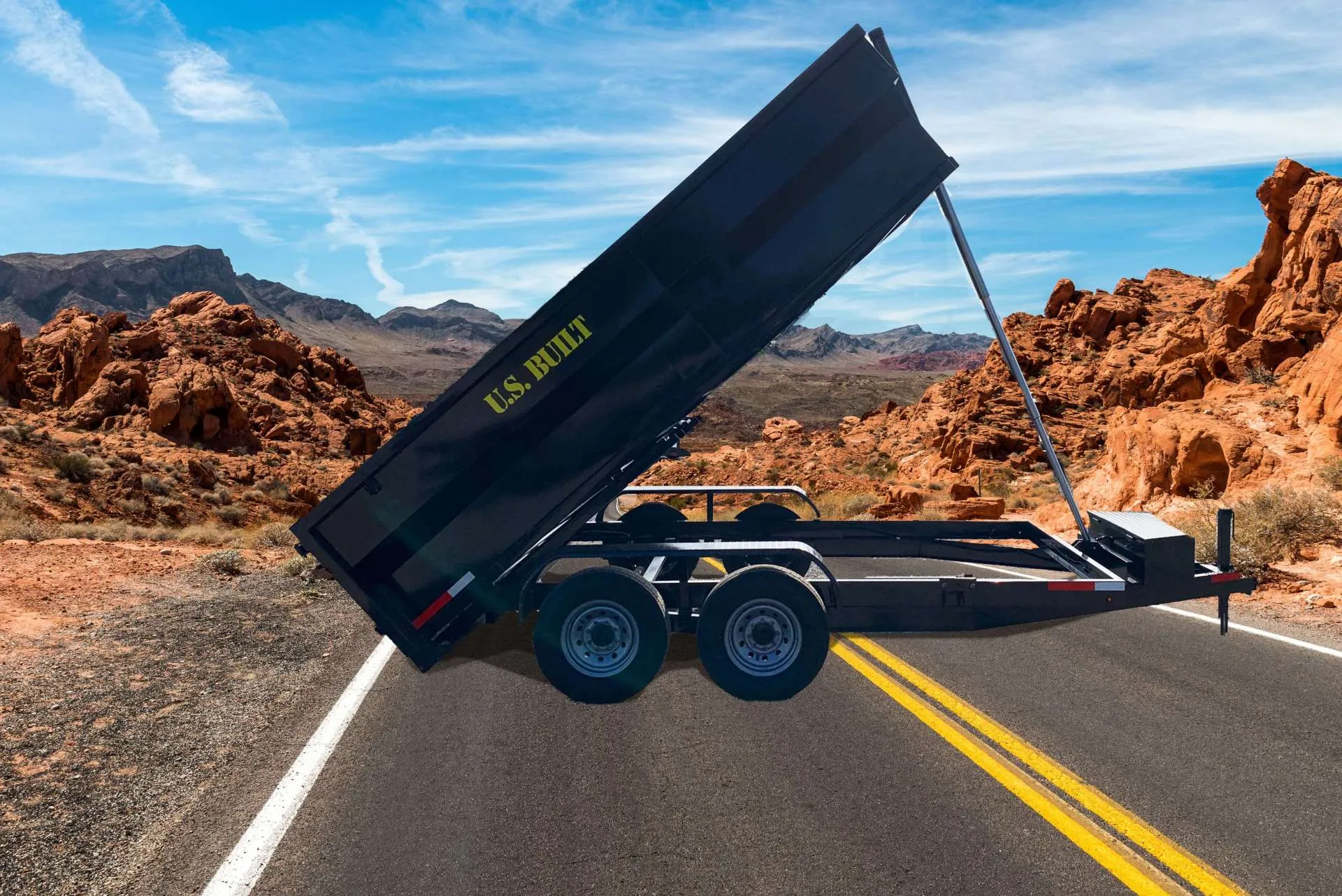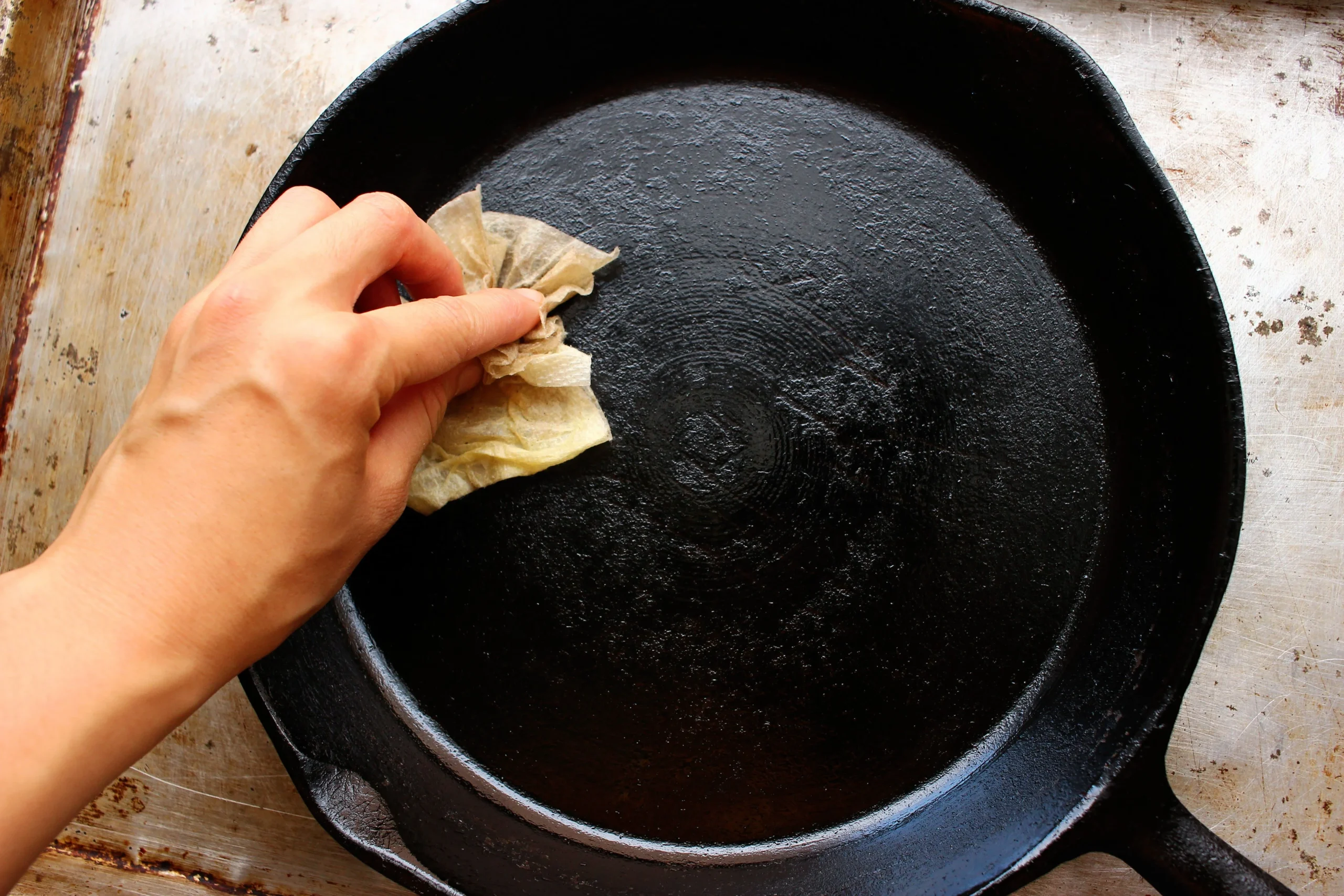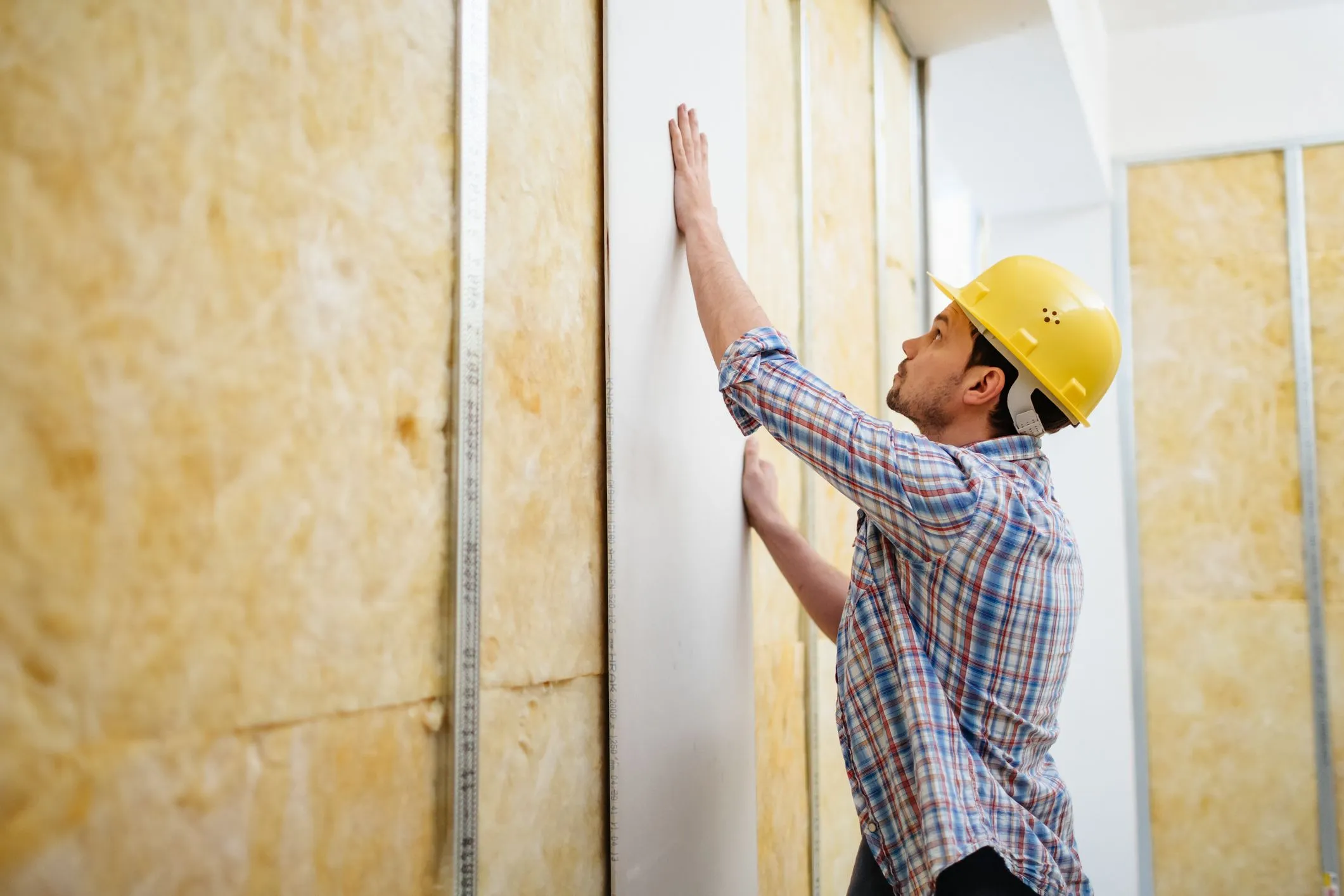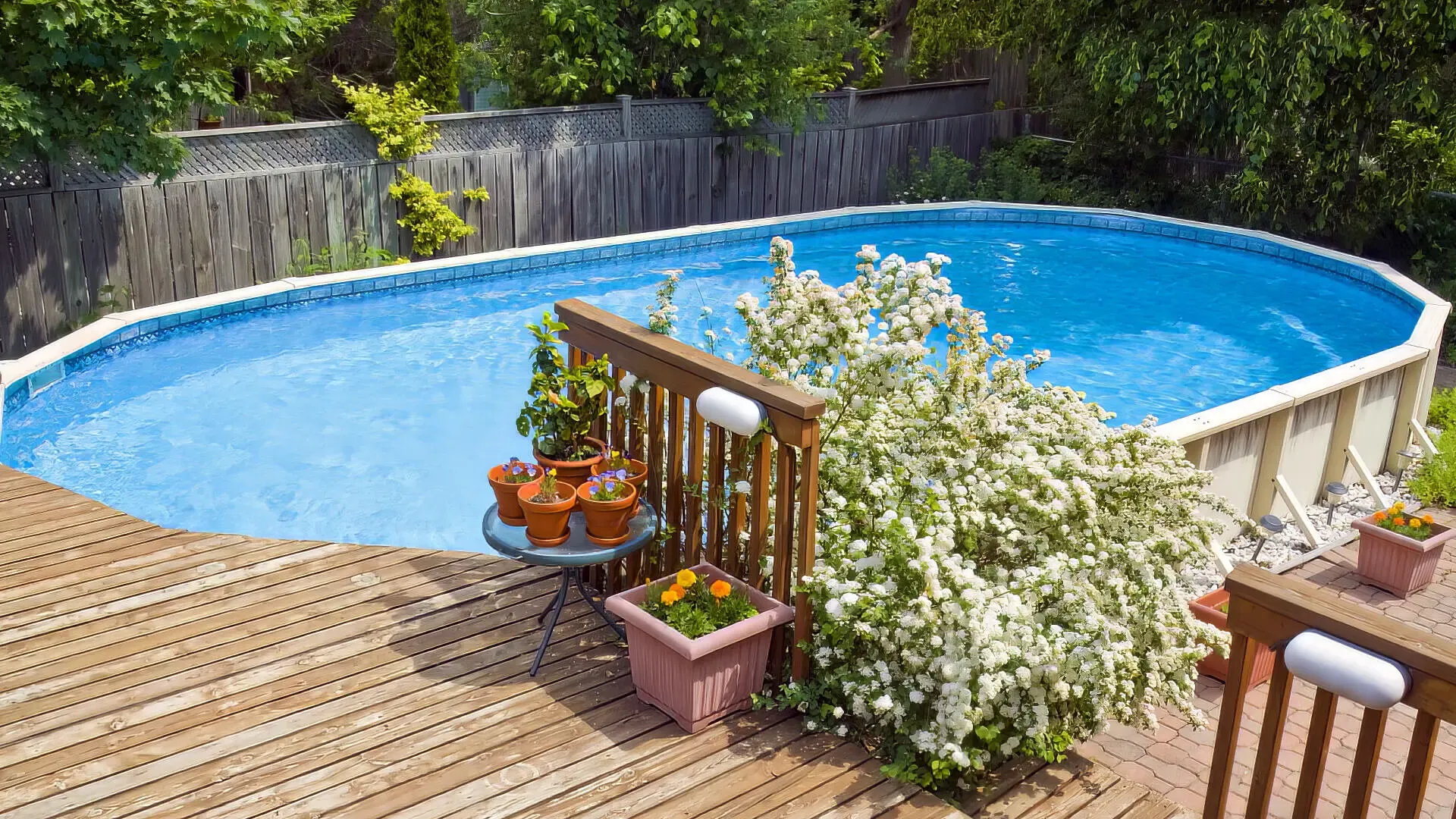How to unclog a toilet is what you need if your toilet is clogged once more. If you need to clear the pipes after an unforeseen obstruction.
Normally, a plunger is the first solution, but what if the plunger isn’t operating or available? So, how to unclog a toilet?
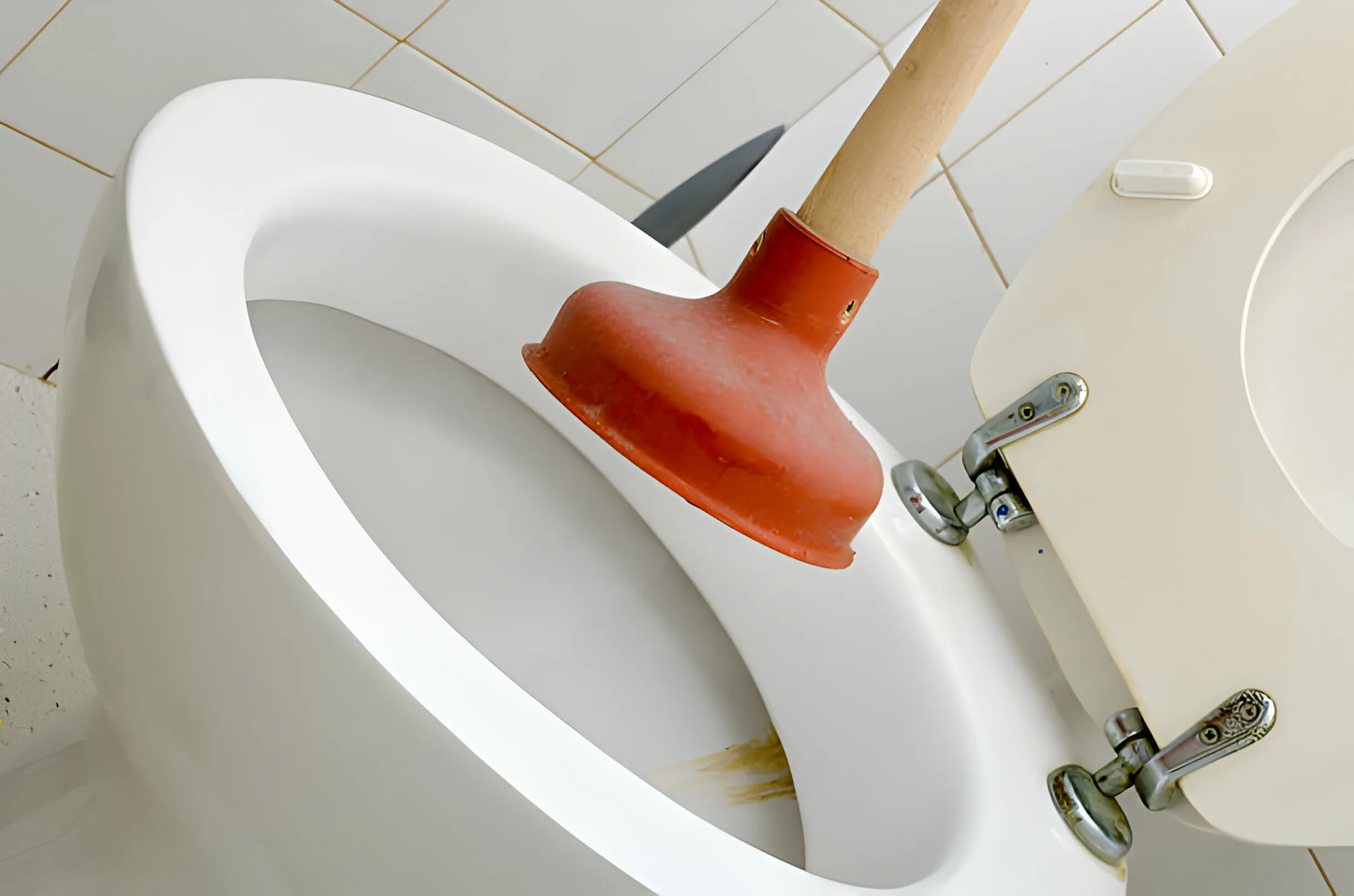
Don’t panic if your toilet is stuck and you don’t have a plunger; there are various techniques to unclog a toilet without a plunger.
Best of all, you probably already have most of these goods, so you’ll be able to find one that works.
Keep on reading to learn seven ways to unclog a toilet without a plunger to get your bathroom back in working condition.
Methods on How to Unclog a Toilet with a Plunger
You can experiment with a few simple tricks. None of these methods use a plunger, but they are excellent at breaking through unexpected jams.
Method 1: Use a Soap Solution
For the first method below is how you can go through this process successfully:
1. Fill a bucket halfway with hot water.
2. Pour plenty of dishwashing liquid, soap, or shampoo into the toilet. You can alternatively dissolve a bar of soap in the toilet or make a solution of 1 cup baking soda and 2 cups vinegar.
3. Pour hot water into the toilet cautiously to dissolve the liquid, bar soap, or baking soda. The mixture of soap or baking soda and vinegar should rapidly begin to unclog the clogged toilet drain by assisting the clogged object in sliding down the pipes.
4. If required, repeat the procedure. The toilet clog has been dislodged when the water in the toilet drains.
5. To remove any residue, flush the toilet many times after it has been unclogged.
If the toilet blockage persists, you may wish to try the procedure using a stronger solution, such as bleach. Chemical drain cleaners should be avoided unless necessary.
The components in these treatments, such as sulfuric acid, work well to dissolve toilet obstructions, but they can also erode the interior of pipes, causing worse problems down the road.
Chemical drain cleaners are also hazardous if inhaled or come into touch with the skin. Enzyme drain cleaners are a safer choice since they employ natural microbes to digest garbage.
However, this is a time-consuming operation, and these treatments lack the raw force required to clean your clogged toilet quickly.
Method 2: Use Water Bottle Pressure
For this method below is how you can go through this process successfully:
1. Wearing rubber gloves, remove as much water as possible from the toilet. You can accomplish this by continually filling a tiny container with water and pouring it into a bucket.
2. Warm water should be poured into a large plastic bottle. Fit the top of the bottle into the outlet at the bottom of the toilet while keeping your thumb over the top.
3. Remove your thumb and grasp the bottle with both hands. Squeeze the bottle to release the water into the toilet drain. The pressure should be enough to dislodge the obstruction. Wearing a mask and eye protection while doing this is a good idea in case the water sprays.
4. Pour hot water into the toilet; if the water level falls, the clog has been removed.
5. If required, repeat steps 2, 3, and 4.
6. To clear up the residue, carefully pour roughly 3 quarts (2.84 liters) of hot water into the toilet. Allow the water to sit for 15 to 20 minutes or until it has cooled. You are now ready to flush the toilet.
Method 3: Use a Hanger Snake
For this method below is how you can go through this process successfully:
1. Straighten out the bottom of an old wire clothes hanger while leaving the hook end intact.
2. Wrap an old rag around the hook to protect the porcelain from scratching.
3. Push the wire slowly deep into the pipe to force the clog out. You should wear rubber gloves for this.
Method 4: Use ShopVac Suction
In a pinch, a wet/dry vacuum (ShopVac) can be used as a powerful de-clogger to clear a clogged toilet.
1. Before working with liquids or moist material, remove any bags from the vacuum.
2. Connect the machine to a hose and a small diameter cleaning head. Suck excess water out of the toilet while wearing gloves.
3. Insert the vacuum hose halfway into the drain, just before the U-bend in the pipe.
4. Fill gaps along the hose with a rag to establish a tight seal.
5. Start the vacuum. The contaminant will likely stream out of the pipe and into the ShopVac tank.
If everything else fails, a plumbing auger, often known as a snake, would most likely suffice. Plumbing snakes are quite affordable and can be found in most hardware stores.
They are designed to drive deep into a pipe to break any blockage. If a clog won’t budge no matter what you try, or if clogs keep recurring, it’s usually a symptom of a larger problem.
To determine the following measures and keep your pipes in good operating order, you need to consult a professional plumber.
Method 5: Add a Little Dish Soap
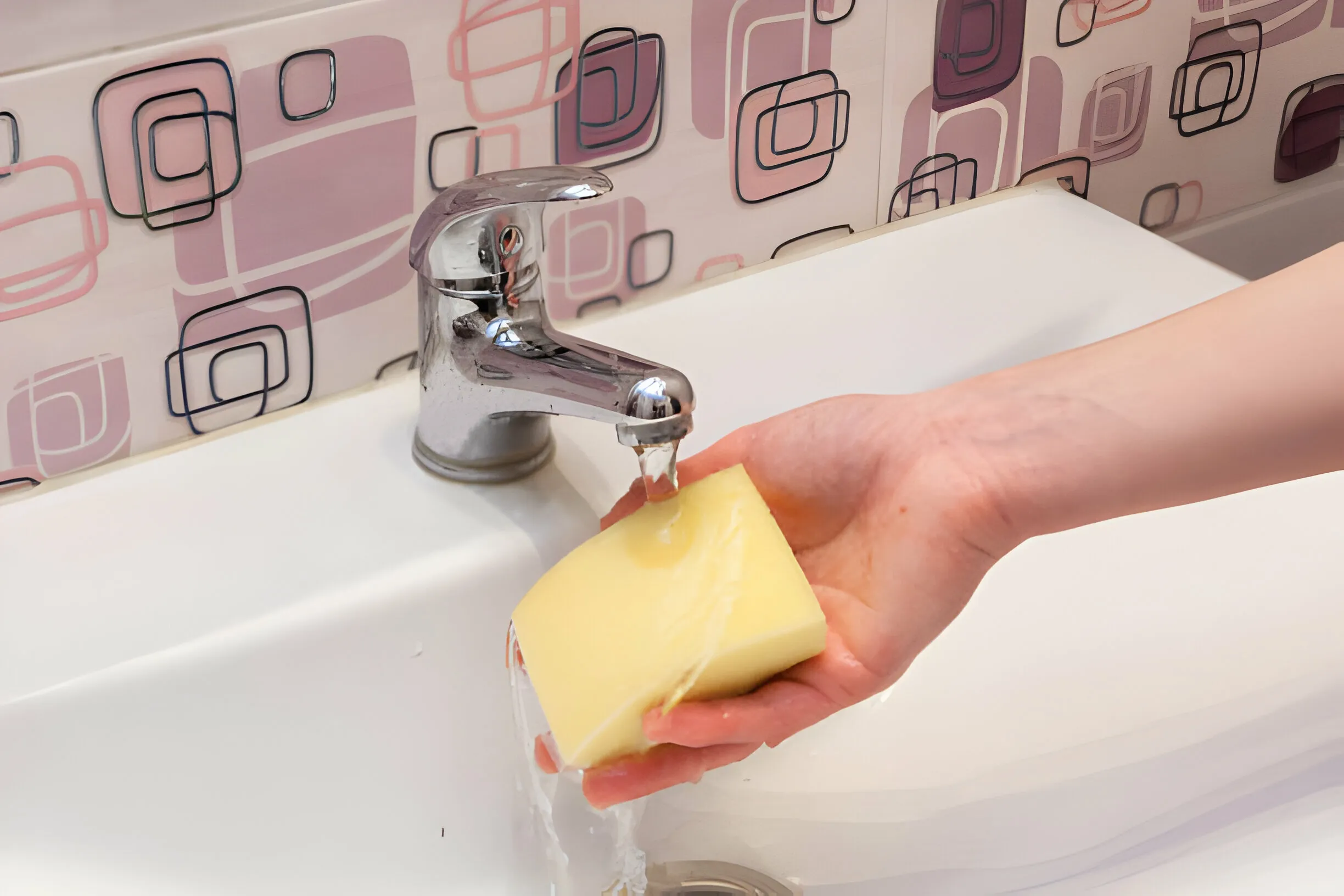
If you want to speed up the unclogging process, get some dish soap out of the kitchen and generously squeeze 1/4 cup or so into the toilet bowl.
To give the soap time to go down the drain and reach the blockage, let it sit for five to ten minutes.
After that, fill the bowl with hot (not boiling) water and leave the soapy mixture there.
Most of the time, the dish soap will function as a lubricant, enough to lubricate the obstruction in the toilet drain to restore movement.
Method 6: Mix in Vinegar and Baking Soda
Who would have thought that a science lesson from elementary school could be useful for unclogging a toilet?
If the toilet bowl is already overflowing, you should either wait until the water level lowers or dump out a portion of the water before using this trick.
This is what you should do:
Pour one cup of vinegar and one cup of baking soda down the toilet’s drain.
The natural chemical reaction between the vinegar and baking soda will cause a bubble and release the obstruction.
Check to see whether it drains by running some hot water after around thirty minutes. If it does, you can proceed. If not, carry out the procedure once more.
Method 7: Make use of the Toilet Brush
Even though it might not sound comfortable if you’re in a serious situation and can’t find a toilet plunger, use a toilet brush to slant the bristles down the drain.
A few pumps up and down should be sufficient to release the obstruction and allow it to clear quickly. (If you want to have a plunger on hand in case your toilet clogs again, check out our in-depth guide to the best plungers.)
Can a toilet eventually unclog itself? what do you think;
Maybe! If you can’t get a plumber to come out straight away and you can’t fix it yourself, the clog may work its way out. It all depends on what caused the clog and how big it is.
Organic elements will ultimately decay, and the blockage will dissolve but don’t bank on it. Because you don’t know the depth of the problem, it’s better to take action as soon as feasible.
Clogged toilets are inconvenient because they are inoperable until repaired and pose a risk of flooding.
If your toilet is clogged and you don’t have a plunger handy, you can use various household items to break up the obstruction.
A special toilet auger may be required to break apart a severe clog. When you’re through, your toilet should be as good as new!
